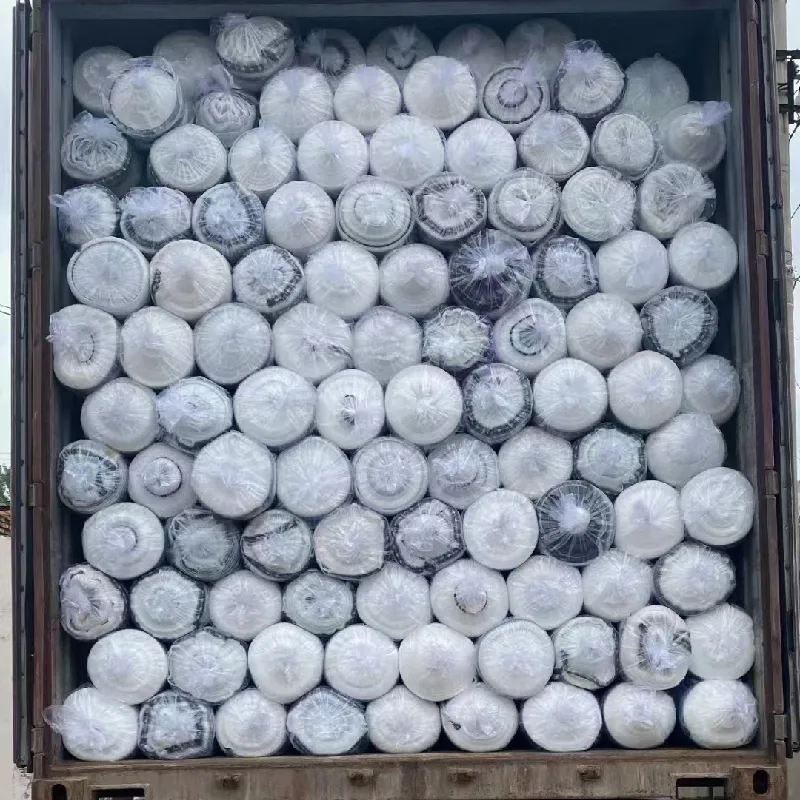-
 Afrikaans
Afrikaans -
 Albanian
Albanian -
 Amharic
Amharic -
 Arabic
Arabic -
 Armenian
Armenian -
 Azerbaijani
Azerbaijani -
 Basque
Basque -
 Belarusian
Belarusian -
 Bengali
Bengali -
 Bosnian
Bosnian -
 Bulgarian
Bulgarian -
 Catalan
Catalan -
 Cebuano
Cebuano -
 China
China -
 Corsican
Corsican -
 Croatian
Croatian -
 Czech
Czech -
 Danish
Danish -
 Dutch
Dutch -
 English
English -
 Esperanto
Esperanto -
 Estonian
Estonian -
 Finnish
Finnish -
 French
French -
 Frisian
Frisian -
 Galician
Galician -
 Georgian
Georgian -
 German
German -
 Greek
Greek -
 Gujarati
Gujarati -
 Haitian Creole
Haitian Creole -
 hausa
hausa -
 hawaiian
hawaiian -
 Hebrew
Hebrew -
 Hindi
Hindi -
 Miao
Miao -
 Hungarian
Hungarian -
 Icelandic
Icelandic -
 igbo
igbo -
 Indonesian
Indonesian -
 irish
irish -
 Italian
Italian -
 Japanese
Japanese -
 Javanese
Javanese -
 Kannada
Kannada -
 kazakh
kazakh -
 Khmer
Khmer -
 Rwandese
Rwandese -
 Korean
Korean -
 Kurdish
Kurdish -
 Kyrgyz
Kyrgyz -
 Lao
Lao -
 Latin
Latin -
 Latvian
Latvian -
 Lithuanian
Lithuanian -
 Luxembourgish
Luxembourgish -
 Macedonian
Macedonian -
 Malgashi
Malgashi -
 Malay
Malay -
 Malayalam
Malayalam -
 Maltese
Maltese -
 Maori
Maori -
 Marathi
Marathi -
 Mongolian
Mongolian -
 Myanmar
Myanmar -
 Nepali
Nepali -
 Norwegian
Norwegian -
 Norwegian
Norwegian -
 Occitan
Occitan -
 Pashto
Pashto -
 Persian
Persian -
 Polish
Polish -
 Portuguese
Portuguese -
 Punjabi
Punjabi -
 Romanian
Romanian -
 Russian
Russian -
 Samoan
Samoan -
 Scottish Gaelic
Scottish Gaelic -
 Serbian
Serbian -
 Sesotho
Sesotho -
 Shona
Shona -
 Sindhi
Sindhi -
 Sinhala
Sinhala -
 Slovak
Slovak -
 Slovenian
Slovenian -
 Somali
Somali -
 Spanish
Spanish -
 Sundanese
Sundanese -
 Swahili
Swahili -
 Swedish
Swedish -
 Tagalog
Tagalog -
 Tajik
Tajik -
 Tamil
Tamil -
 Tatar
Tatar -
 Telugu
Telugu -
 Thai
Thai -
 Turkish
Turkish -
 Turkmen
Turkmen -
 Ukrainian
Ukrainian -
 Urdu
Urdu -
 Uighur
Uighur -
 Uzbek
Uzbek -
 Vietnamese
Vietnamese -
 Welsh
Welsh -
 Bantu
Bantu -
 Yiddish
Yiddish -
 Yoruba
Yoruba -
 Zulu
Zulu
Exploring Innovative Techniques for Effective Vineyard Netting to Protect Grapes from Birds and Debris
The Importance of Vineyard Netting for Successful Grape Production
In the world of viticulture, ensuring the quality and quantity of grape production is paramount. As vineyards are often susceptible to various threats, implementing effective protective measures becomes essential. One such measure that has gained popularity is vineyard netting. This specially designed mesh netting serves multiple purposes, ultimately leading to healthier vines and superior grapes.
Protecting Grapes from Pests and Birds
One of the main advantages of vineyard netting is its ability to protect grapes from birds and other pests. Birds are notorious for feasting on ripe grapes, which can lead to considerable losses for vineyard owners. By covering the vines with netting, producers can deter these feathered raiders, ensuring that a larger portion of the crop remains intact for harvest. Various species, such as starlings and sparrows, can cause significant damage, making netting an essential investment for grape growers.
In addition to birds, vineyard netting can also provide protection from insects, such as fruit flies and beetles, which can affect the quality and yield of grapes
. By creating a physical barrier, netting can help minimize pest invasion, reducing the need for chemical pesticides that could otherwise harm the environment and vineyard biodiversity. This not only promotes a healthier ecosystem but also appeals to consumers who are increasingly looking for organic and sustainably produced wines.Weather Protection
Another crucial benefit of vineyard netting is its role in shielding crops from unpredictable weather conditions. Vineyards are often exposed to elements such as hail, heavy rain, and intense sunlight. Hail can severely damage grape clusters, while excessive sun exposure can lead to sunburn on the fruit, affecting its quality and taste. Vineyard netting helps mitigate these risks by providing a protective layer against harsh environmental factors.
vineyard netting

By softening the impact of sunlight, netting can also help regulate the temperature around the vines, potentially promoting more consistent ripening and better flavor development in the grapes. This is particularly important in regions where temperature fluctuations can lead to uneven ripening and affect the overall quality of the wine produced.
Enhancing Air Circulation
Proper air circulation is vital for maintaining the health of grapevines. Poor circulation can create a humid environment, leading to the growth of mold and mildew, which can devastate a vineyard. Vineyard netting facilitates better airflow around the plants, reducing humidity levels and minimizing the risk of fungal diseases. This improvement in air circulation can lead to healthier, more robust vines that produce high-quality grapes.
Moreover, the use of netting allows for better management of vine growth and canopy management. With the proper installation of netting, growers can easily manage the direction that the vines grow and ensure that they receive adequate sunlight without overcrowding, which can lead to poor air circulation and increased disease risk.
Conclusion
Vineyard netting offers a multifaceted approach to grape production, providing protection from pests and adverse weather while promoting better air circulation and vine health. As the demand for high-quality wine continues to grow, vineyard owners must adopt innovative methods to safeguard their crops effectively. Investing in vineyard netting is not just a protective measure—it's a commitment to sustainable practices and the production of exceptional wines. By embracing this technology, grape growers can enhance their chances of successful harvests and ultimately contribute to the thriving world of wine production.
-
Shipping Plastic Bags for Every NeedNewsJul.24,2025
-
Safety Netting: Your Shield in ConstructionNewsJul.24,2025
-
Plastic Mesh Netting for Everyday UseNewsJul.24,2025
-
Nylon Netting for Every UseNewsJul.24,2025
-
Mesh Breeder Box for Fish TanksNewsJul.24,2025
-
Expanded Steel Mesh Offers Durable VersatilityNewsJul.24,2025











